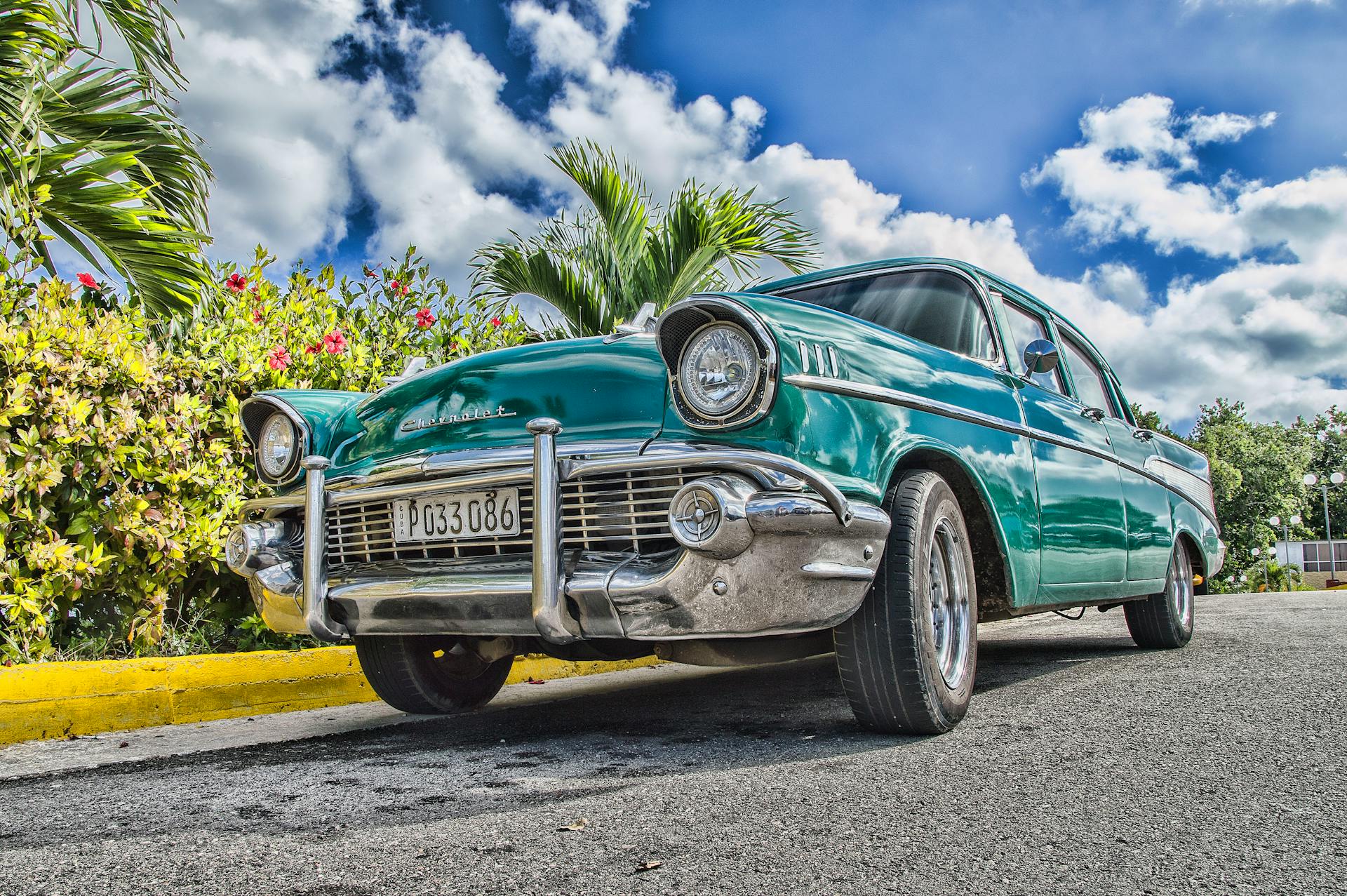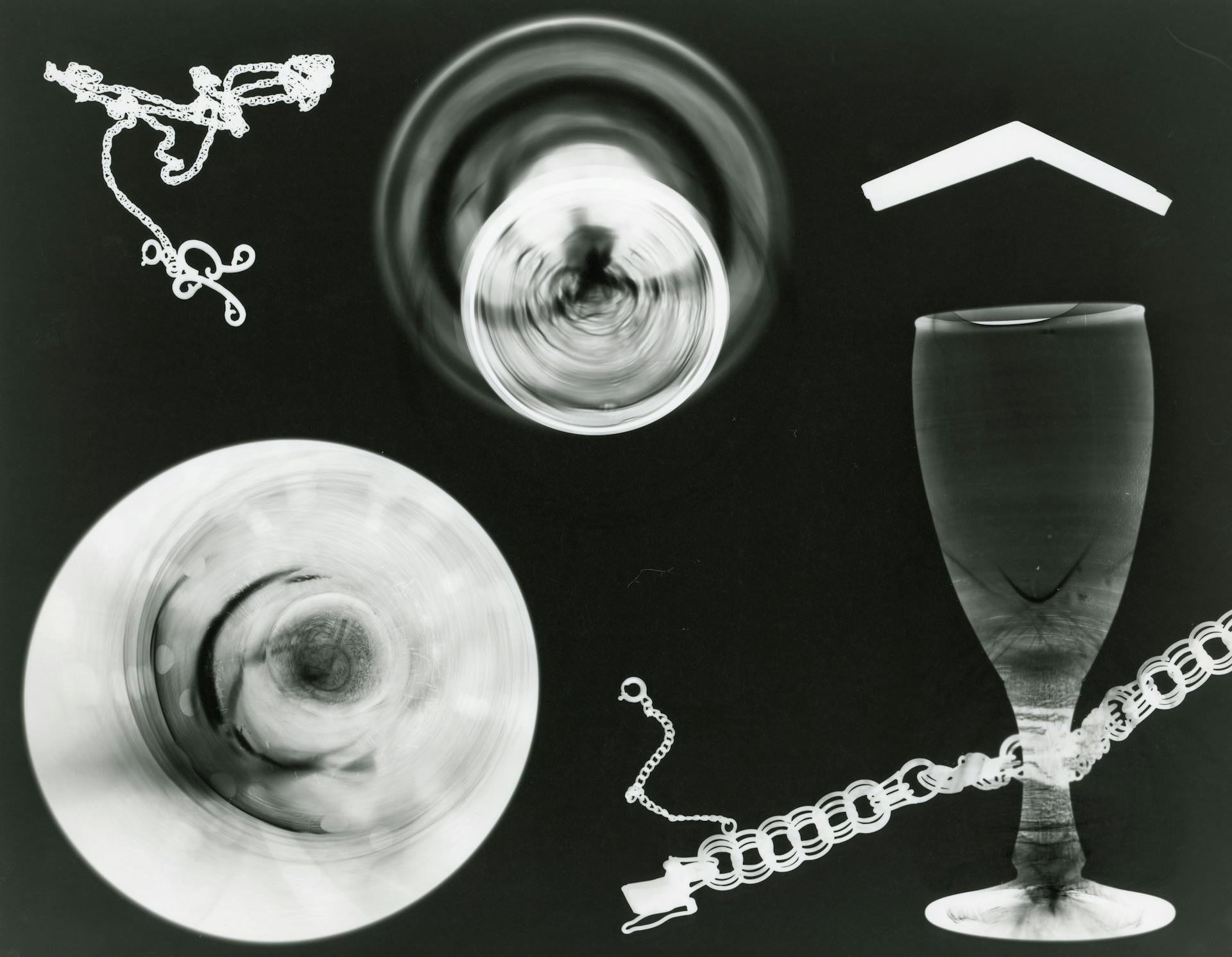
Are you tired of your slow and sluggish PC? Do you want to speed up your computer without breaking the bank? Then it's time for a solid state drives upgrade! Upgrading to a perfect drive, such as a solid state drive (SSD), can significantly improve your computer's performance and make it feel like new again.
However, upgrading your hard drive or installing an SSD can be intimidating if you're not familiar with the process. But fear not! By following a few simple steps, you can upgrade your PC's storage and reap the benefits of faster boot times, quicker file transfers, and increased responsiveness. Before we dive into the details of how to upgrade and install a new hard drive or SSD, there is an essential step – backing up all important files and data.
Finding the Perfect Drive: Your First Essential Step

Upgrading your traditional hard drive to a solid state drive (SSD) is an important choice that can greatly improve your computer's performance. The first step in this process is finding the perfect SSD for your needs. There are many different types and brands of SSDs available, so it's important to do your research and choose one that will meet your specific requirements. Consider factors such as storage capacity, speed, and durability when making your decision.
1. Should You Get Regular Drive, an SSD, or Both?
If you're looking for an upgrade to your current system, it's worth considering a solid state drive (SSD). Modern SSDs offer speedy access to essential files, start faster and load apps quicker, and can handle large files faster than a regular drive. This translates to decreased load times and an overall improvement in speed. While the storage space on SSDs starts out prohibitively expensive compared to alternately conventional hard drives, some desktop drives that offer huge amounts of storage space are easy to find.
For most users, having a main SSD for operating system and programs paired with a larger hard drive for storing files is an attractive upgrade. If you're using just one hard drive for all of your storage duties, you're limited by the single drive connection speed. A multi-terabyte SSD can be costly but combining a smaller SSD with a larger hard drive is a great compromise. Ultimately, whether or not you should get regular drive, an SSD or both depends on your needs and budget.
A unique perspective: Creating Ram Drives
2. What Physical Size Should the Drive Be?
When it comes to solid state drive upgrades, the physical size of the drive depends on your computer's form factor. Full size desktop drives pretty much always use the traditional hard drive form factor, which means you'll need a mounting bracket if you're upgrading from a regular hard drive. If you're interested in M.2 drives, you'll need to make sure your PC supports this specialized slot.
For super-small form factor PCs and sleeker laptops that aren't user-accessible for upgrades, M.2 drives are usually the way to go. They're smaller and more compact than traditional hard drives, so they take up less space in your device. However, if you have a bulkier laptop or a desktop PC with an extensive work area, upgrading to a regular-sized SSD may be cheaper and easier. Just make sure to consult a model-specific guide before making any expensive M.2 standard upgrading decisions.
3. What Connection Do I Need?
When upgrading to a solid state drive (SSD), it's important to know what SATA connection you'll need for your desktop PC. You'll need both a SATA power cable and a SATA data cable, which requires motherboard support. In modern PCs, you'll find that the sata cables have either straight plugs or L-shaped plugs. The L-shaped plug makes user access things in tight spaces easier, but both options exist depending on what drive you're working with.
It's also important to consider the SATA revision of the drive you're buying or upgrading to. The latest revision is SATA 3.0 with support up to 6 Gbps, but it's backwards compatible with older versions such as SATA 2.0 and 1.0. Some desktops may only have SATA 2.0 or even just SATA 1.0 support, so be sure to check before making your purchase. Additionally, some laptops don't even come with SATA cables included, so you may need to buy them separately depending on the drive you're upgrading to.
4. How Much Storage Do I Need?
When upgrading to a solid-state drive, it's important to consider how much storage you'll need. The size of the drive you're considering will affect storage costs and the amount of space available for your files.
If you use your computer primarily for browsing the web, checking email, and streaming movies or music, a smaller SSD with 250GB or 500GB of storage may be sufficient. However, if you frequently work with large files such as video editing or gaming, a larger SSD with 1TB or more may be necessary to avoid running out of space. Consider your usage habits and choose the drive that best fits your needs and budget.
5. How Fast Does My Drive Need To Be?
The default answer is that you should get the fastest SSD you can afford if you're upgrading from a regular hard drive. The speed increase is generally expressed in terms of boot times and application load times, and it's significant. Conventional hard drives with spinning data platters (usually 5400 RPM for inexpensive drives or 7200 RPM for high-performance hard drives) have a typical speed limit that's far below what faster SSDs can offer. Hybrid drives combine a large standard hard drive with a small cache of flash storage, but they won't magically make your computer faster if you're constantly accessing files outside of their flash storage.
If you're buying an SSD to replace a conventional hard drive or hybrid drive, any SSD will provide a considerable improvement in file caching and overall system responsiveness. Even some of the cheapest models will outperform high-performance spinning hard drives by several times over. The small price premium versus a standard hard drive is well worth it for most users who want to experience the benefits of solid state storage technology.
Step Three: Install Your New Drive
Now that you have your solid state drive, it's time to install it. The process will differ a bit depending on whether you're installing it in a laptop or desktop PC, so be sure to follow the manufacturer's instructions carefully. In general, though, you'll need to open up your computer case and locate the existing hard drive. Then, you'll need to unplug any cables connected to it and remove it from its mounting bracket. Finally, you can insert your new SSD into the same spot and secure it with screws.
1. Installing Your New Drive In a Laptop
Installing a new solid-state drive into your laptop can be a daunting task, but with the right tools and some patience, it can be done in no time. Most laptops have a storage drive compartment that allows for easy access to the hard drive. Business-class designs such as the ThinkPad T450s have an entire bottom that comes off with a single screw, while other models may require you to remove the body panel or find specific instructions from the laptop manufacturer. The process for slipping in your new SSD is fairly typical: remove the old hard drive (usually located in the lower-left corner), unscrew any screws holding it in place, disconnect any cables or integrated SATA connections, and then slide the new SSD into place using a caddy back or thin piece of metal. Don't forget to replace any rubber bumpers or screw pulls that were removed during this process!
Once your new SSD is securely in place, it's time to start laptop screwing everything back together. This step-by-step breakdown will vary depending on your laptop model - Google is your friend if you need more information. In general, you'll want to reattach any cables or SATA connections that were disconnected earlier, put any screws back where they belong (being careful not to over-tighten them!), and replace any body panels that were removed during the installation process.
If you're lucky, your laptop will boot up perfectly on its first try and recognize your new storage drive without issue! However, there's also a lot depending on how well you followed these steps - improper installation could lead to data loss or other issues down the road. Take your time and double-check everything before powering up your machine again. Happy hard drive upgrade!
On a similar theme: Android 12 New Features
2. Installing Your New Drive in a Desktop PC
Good news - installing a solid state drive (SSD) in your desktop is a lot easier than you might think. All that's required is a standard philips-head screwdriver, a SATA cable, and a power supply or adapter cable. If you're completely replacing your computer's internal storage with a single drive, you'll need both the SATA data and power cables.
When you're working inside your PC, be sure to protect against static electricity. You'll want to wear an anti-static bracelet, and make sure the work area is in a cool, dry spot with good access (preferably at an accessible angle). Some computers' internal parts are more easily accessed through multiple panels or full installation of the access panel on the primary side. Designs require different methods of accessing the back side of the access panel - older desktops may require removal of the case cover first. If you're unsure about your desktop model, web instructions can be helpful.
Once you're working in a conventional desktop (you're probably used to seeing that boxy power supply), it's easy to see where computers' storage drives are mounted. Most will have both SATA data and power cables connected to them from the power supply. If you're replacing an older, larger 3.5-inch drive with a smaller 2.5-inch drive, there may be an alternate spot for it or newer designs may have mounting spots on the opposite access panel.
If you're simply adding an SSD for extra storage now's when things get really easy: just plug in the cables attached to its caddy into spare SATA data and power connections from the power supply (double-check that all connections are made securely and that no cables are touching any cooling fan blades). Put everything back into position by sliding everything back into place and reattach all necessary screws if applicable.
For extra caddy units or additional cables needed for the installation of a SATA data cable or power connection to the motherboard slots, find the side closest to the '0' drive and use a SATA power connection from the power supply. Once the drive is installed, check that a power cablecoming from the power supply is attached, and if you have multiple drives installed double-check that all sata power connections are securely plugged in.
Related reading: Inductive Power Transfer
Frequently Asked Questions
Should I replace my HDD with an SSD?
Yes, replacing your HDD with an SSD can significantly improve your computer's speed and performance. SSDs are faster, more reliable, and consume less power than traditional hard drives.
Can I change the hard disk from HDD to SSD?
Yes, you can replace your HDD with an SSD. An SSD will provide faster boot and load times, but you will need to transfer your data from the old drive to the new one.
How to switch from a hard drive to a SSD?
To switch from a hard drive to an SSD, you will need to clone your existing hard drive onto the new SSD using cloning software or transfer your data manually. Once the data transfer is complete, physically replace the old hard drive with the new SSD and enjoy the speed boost!
Is a solid-state drive a good replacement for a mechanical hard drive?
Yes, a solid-state drive (SSD) is a good replacement for a mechanical hard drive (HDD) due to its faster boot and load times, durability, and efficiency. However, SSDs are generally more expensive per gigabyte of storage compared to HDDs.
What is a solid state drive (SSD) upgrade?
A solid state drive (SSD) upgrade is the process of replacing a computer's traditional hard drive with a faster, more efficient SSD for improved performance and storage capacity.
Featured Images: pexels.com


